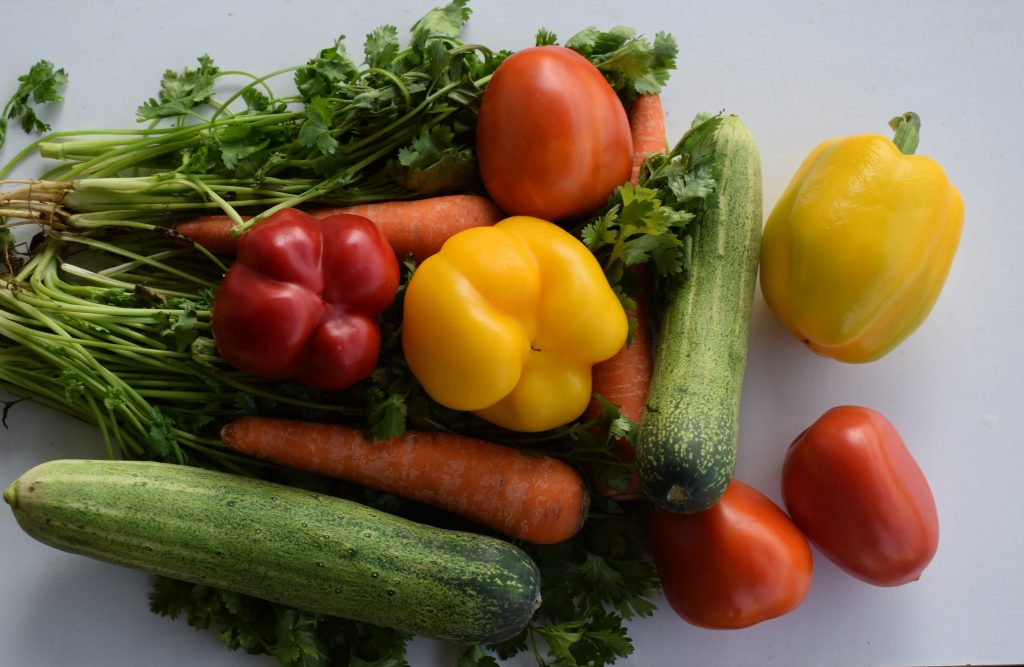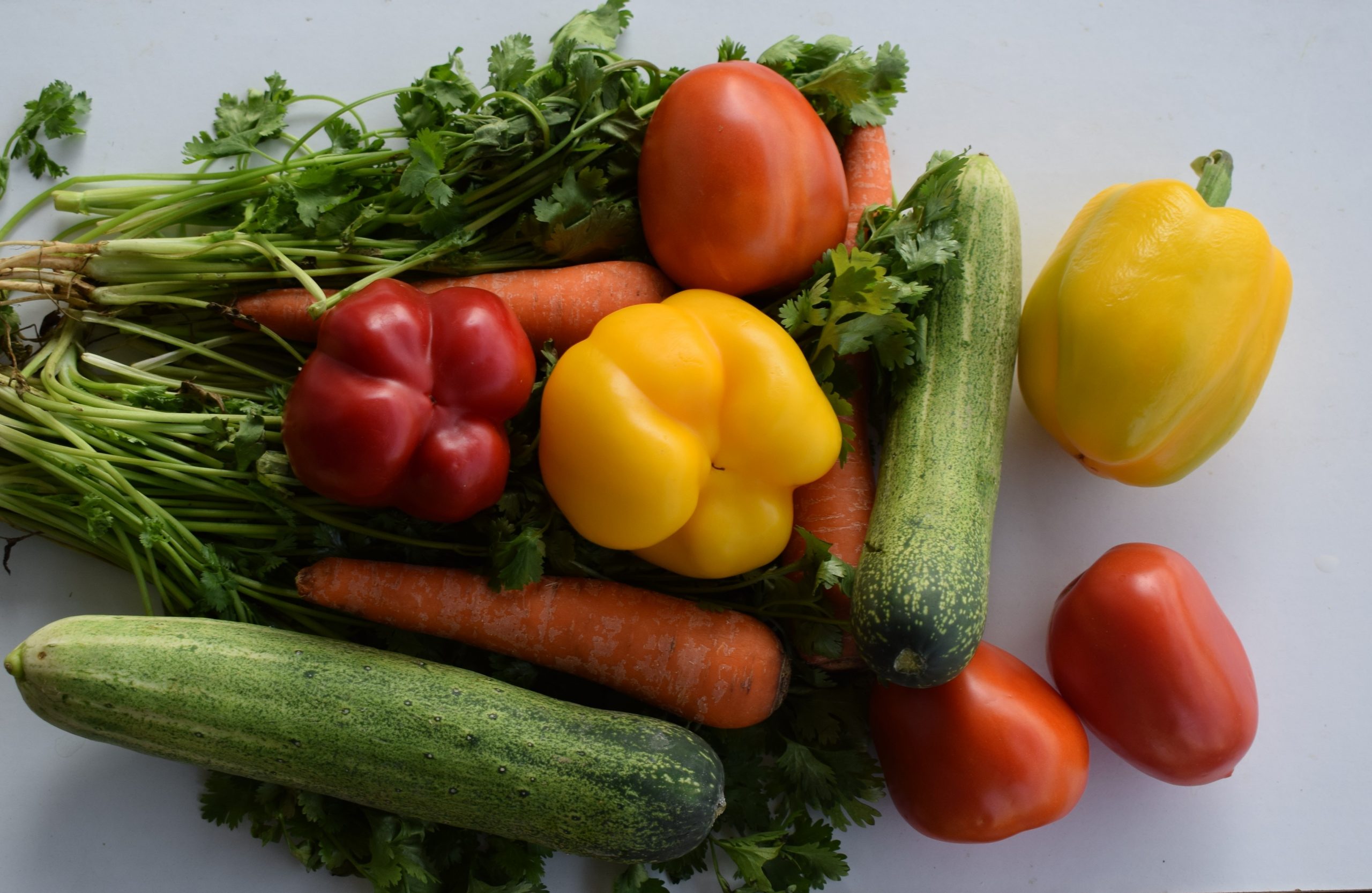Price volatility points to fragility of fresh produce supply chains
Even under normal circumstances, fresh produce prices are more volatile in the US than for almost any other commodity, according to a report by Gro. The report argues that while fresh produce markets face unique issues such as seasonality and perishability, several other inefficiencies also contribute to price volatility that need to change if we want more resilience in our supply chains.
The findings of the report show that retail prices for 500 of a sample of 640 fresh produce items have annualised volatility of over 100%. Among the most volatile products price-wise is iceberg lettuce, with prices swinging by up to 457% over the course of a year, while cucumber prices also face changes of 465%. By comparison, crude oil, presently one of the most volatile exchange-traded commodities, has annualised volatility of just 41%.
The COVID-19 pandemic has magnified the volatility still further, but not by as much as we might think. In the case of green asparagus, annualised price volatility is 98%, but over the past 12 months, the volatility level climbed to 119%. This suggests that other factors must be more responsible. Tomato price volatility for the past 12 months is 190%, compared to the average annualised price volatility for the past ten years of 171%.
To further underline the heterogeneity of fresh produce, prices of some products that are typically less volatile have seen much greater fluctuations this year. For example, cranberries in 12-ounce bags have a typical annualized price volatility of 76.2%. Nevertheless, packaged cranberry prices have risen 99.3% in the last 12 months; adjusted for volatility, that price increase is even greater, at 130%.




